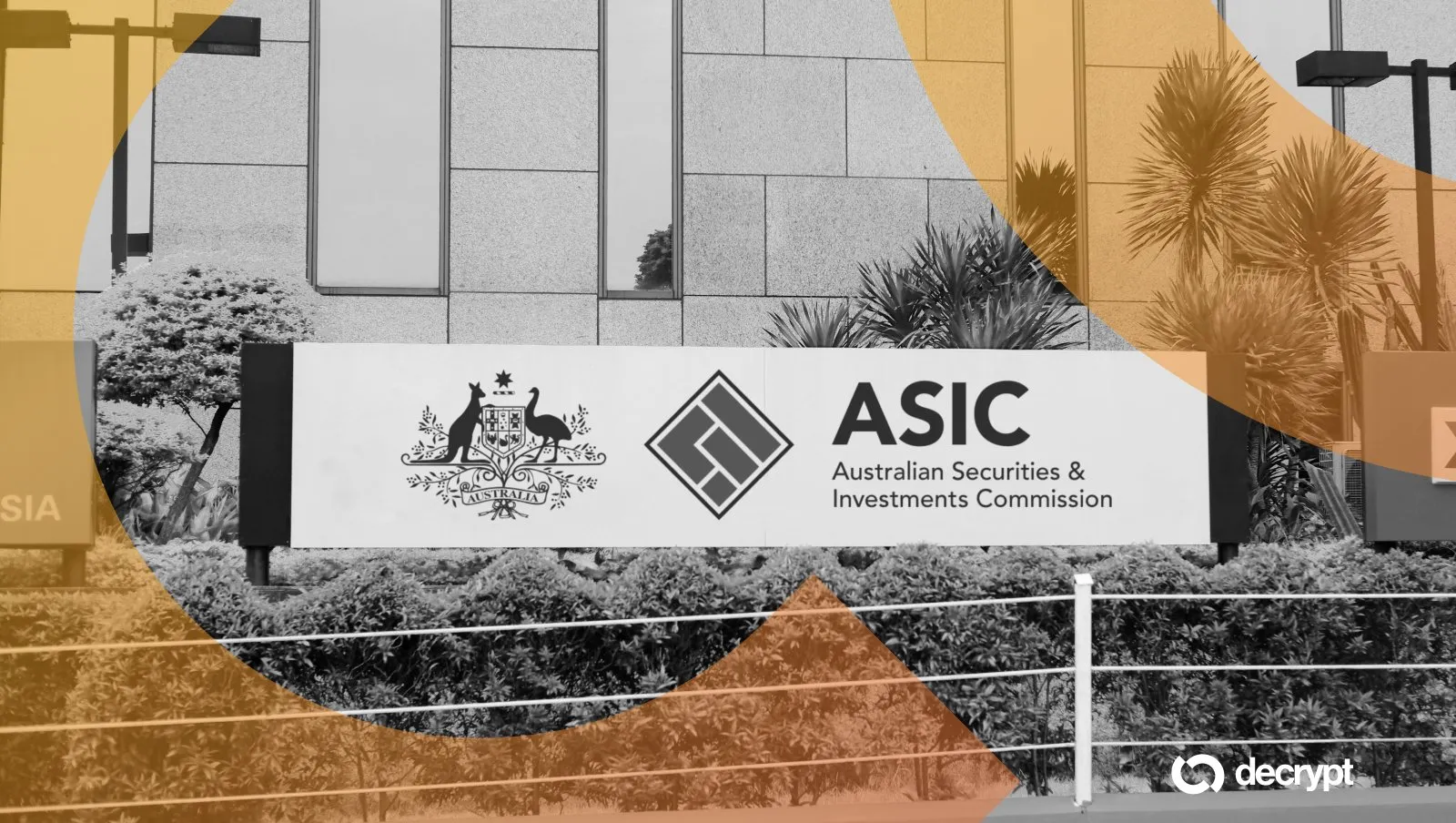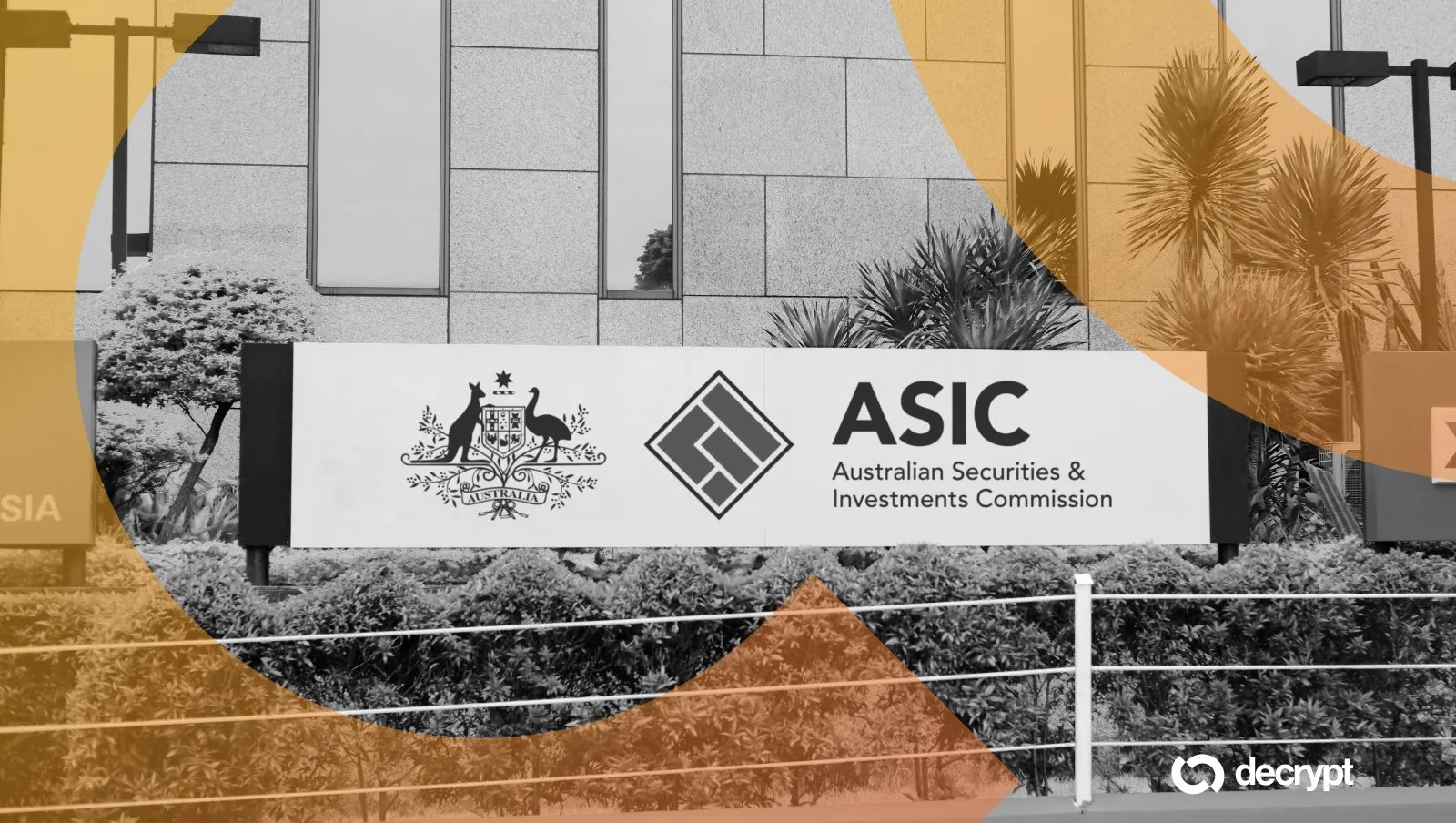
Australia’s regulatory landscape for stablecoins has taken a decisive turn with the Australian Securities and Investments Commission (ASIC) granting temporary licensing exemptions to intermediaries distributing certain stablecoins. This move, effective from September 2025 and set to run through June 1,2028, represents a calculated effort by regulators to spur innovation while maintaining investor protection and oversight. For legal professionals, crypto exchanges, brokers, and custodians operating in the digital asset space, understanding the nuances of these exemptions is critical for compliant operation in the rapidly evolving Australian market.

ASIC’s Stablecoin Licensing Exemption: Scope and Rationale
At its core, the exemption allows intermediaries, such as licensed crypto exchanges and custodians, to distribute stablecoins classified as financial products under the Corporations Act without needing additional Australian Financial Services (AFS), market, or clearing and settlement facility licences. The relief currently applies specifically to Catena Digital Pty Ltd’s AUDM stablecoin but is expected to expand as more issuers secure AFS licences.
This regulatory carve-out is not a blanket deregulation. Instead, it reflects ASIC’s intent to encourage responsible experimentation in digital assets while ensuring that consumer disclosures and product oversight remain robust. The exemption is temporary and will expire on June 1,2028 unless repealed earlier, a timeframe that aligns with broader Treasury-led reforms expected to reshape Australia’s approach to crypto regulation.
Who Qualifies? Eligibility Criteria for Intermediaries
The exemption is tightly scoped. To qualify:
- The intermediary must be involved in secondary distribution of a stablecoin that is a financial product under Australian law.
- The issuer of the stablecoin must hold an AFS licence, a key control point ensuring only regulated entities can benefit from this relief.
- At launch, only Catena Digital’s AUDM is covered. However, ASIC has signaled that other issuers may be included as they obtain proper licensing.
This approach mitigates systemic risk by keeping issuer licensing requirements high while easing operational burdens on intermediaries, especially those seeking first-mover advantage in Australia’s evolving digital asset sector.
Key Compliance Duties for Stablecoin Distributors (2025-2028)
-

Verify Issuer’s AFS Licence Status: Distribute only stablecoins issued by entities holding a valid Australian Financial Services (AFS) licence, such as Catena Digital Pty Ltd (issuer of AUDM), to qualify for the exemption.
-

Provide Product Disclosure Statement (PDS): Ensure that clients receive the stablecoin issuer’s Product Disclosure Statement (when available), supporting transparency and informed decision-making.
-

Comply with Class Exemption Conditions: Adhere strictly to the conditions set by ASIC’s class relief, including only distributing stablecoins classified as financial products under the Corporations Act and within the exemption’s timeframe (until June 1, 2028).
-

Monitor Regulatory Updates: Stay updated on any changes to the exemption’s scope, eligible issuers, or additional compliance requirements by regularly reviewing ASIC communications and official announcements.
-

Maintain Robust Recordkeeping: Keep detailed records of all stablecoin distributions, client communications, and compliance actions to demonstrate adherence to ASIC’s requirements if audited.
Obligations Remain: Disclosure and Consumer Protection
While licensing hurdles are reduced for intermediaries under this exemption, disclosure obligations are not. Intermediaries must provide clients with the issuer’s Product Disclosure Statement (PDS) where one has been prepared. This step ensures that end-users receive clear information about risks, rights, and obligations associated with holding or transacting in stablecoins like AUDM.
The focus on robust disclosure aligns with ASIC’s broader mandate to protect consumers without stifling technological innovation. It also signals to global markets that Australia remains committed to high standards of transparency even as it explores new regulatory models for digital assets.
Strategic Considerations for Issuers
For issuers looking to access Australia’s growing demand for compliant stablecoins, securing an AFS licence remains non-negotiable. Only those who meet ASIC’s stringent requirements can have their products distributed under this exemption regime. As such, legal teams should prioritize rigorous internal controls, risk management frameworks, and ongoing compliance monitoring when preparing licence applications.
This framework positions Australia as a jurisdiction balancing innovation against prudential safeguards, a stance likely to influence both domestic adoption rates and international perceptions of its crypto market integrity.
Looking ahead, the exemption’s finite timeline, set to expire on June 1,2028, creates both opportunity and urgency for market participants. Intermediaries and issuers must treat this window as a period for strategic positioning, operational refinement, and regulatory engagement. The expectation is that by the sunset date, Australia’s broader digital asset reforms will have matured, potentially leading to a more comprehensive and permanent licensing regime for stablecoins.
Market participants should not interpret ASIC’s relief as a relaxation of overall compliance standards. The requirement for issuers to hold an AFS licence remains a robust filter against low-quality or high-risk products entering the market. Meanwhile, intermediaries must maintain strong know-your-customer (KYC) and anti-money laundering (AML) practices in line with Australia’s existing financial laws. The Product Disclosure Statement (PDS) obligation is central, failure to provide clear disclosures could result in enforcement action or loss of exemption eligibility.
Legal professionals advising clients in this space should pay particular attention to evolving interpretations from ASIC regarding what constitutes secondary distribution, as well as any updates on eligible stablecoin issuers. Ongoing monitoring of regulatory communications is essential given the possibility of early repeal or amendment of the class exemption if market conditions change or if significant consumer harm emerges.
Practical Steps for Compliant Participation
Step-by-Step Compliance Actions for Intermediaries
-

Verify the stablecoin issuer holds an AFS licence. Before distributing any stablecoin, ensure the issuer—such as Catena Digital Pty Ltd (issuer of AUDM)—is authorised with a current Australian Financial Services (AFS) licence as required by ASIC.
-

Confirm the stablecoin is classified as a financial product. Only distribute stablecoins that meet the definition of a financial product under the Corporations Act 2001 and are covered by the ASIC exemption.
-

Provide the Product Disclosure Statement (PDS) to clients. If a PDS has been prepared by the issuer, you must supply it to all clients prior to distribution, ensuring transparency and compliance with ASIC’s consumer protection standards.
-

Maintain robust record-keeping and compliance systems. Track all distributions, client communications, and PDS deliveries to demonstrate compliance in the event of an ASIC review or audit.
-

Monitor ASIC updates for changes to exemption scope or requirements. Regularly review ASIC announcements for any amendments, new eligible issuers, or additional compliance obligations as the regulatory environment evolves.
For intermediaries aiming to leverage this regulatory relief:
- Verify that any stablecoin distributed falls within the scope of ASIC’s class exemption and that the issuer holds an up-to-date AFS licence.
- Ensure clients receive timely and accurate Product Disclosure Statements where required.
- Maintain robust KYC/AML protocols and monitor transactions for suspicious activity.
- Establish internal policies to track regulatory changes related to stablecoin distribution in Australia.
This approach not only reduces legal risk but also positions firms favorably for future licensing requirements post-2028. As more issuers seek AFS licences, competition among compliant stablecoins may intensify, making early operational readiness a potential differentiator in Australia’s digital asset ecosystem.
What Comes Next? Monitoring Regulatory Evolution
The next three years will be pivotal. As Treasury-led reforms progress and as ASIC gathers data on the impact of its temporary relief measures, further adjustments are likely. Stakeholders should anticipate possible updates regarding eligible products, reporting requirements, or even early closure of exemptions if systemic risks arise. Regular engagement with industry bodies and legal counsel is recommended to stay ahead of these shifts.
The bottom line: Australia’s temporary licensing exemptions for stablecoin intermediaries represent a nuanced response to rapid innovation in digital finance. By balancing reduced barriers with high standards for issuer oversight and disclosure, ASIC has created a framework that both encourages responsible growth and protects end-users. Firms that prioritize compliance today are best positioned for success as Australia moves toward its next chapter in crypto regulation.
For more detailed guidance on navigating these exemptions or applying for an AFS licence as a stablecoin issuer, see our ongoing coverage at Australia’s 2025 Stablecoin Regulatory Exemptions: What Intermediaries Need to Know.




